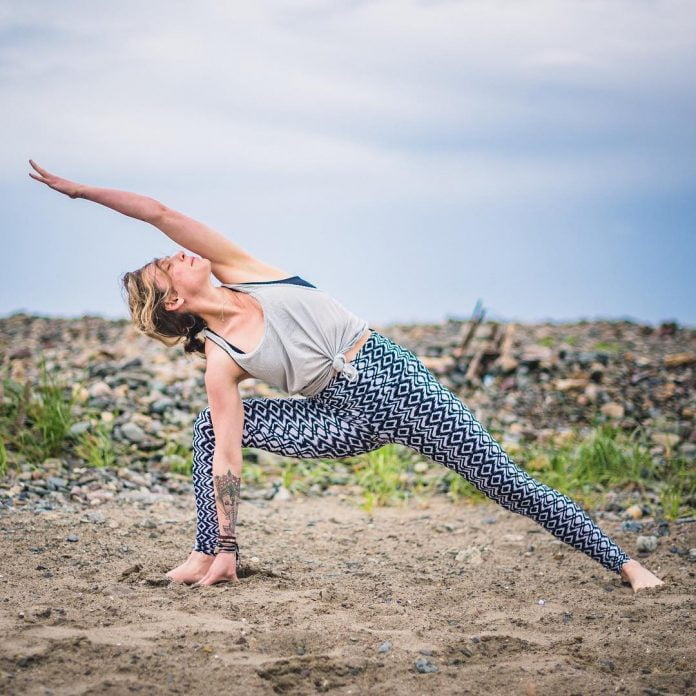Classification of Yoga Postures
Classification of Yoga Postures has always been a discussion in yogic culture. Some yoga schools classify yoga postures as STANDING, SITTING, LYING ON BACK & LYING ON STOMACH. While some yoga school will classify as: FORWAD BENDING, BACKWARD BENDING, TWISTING, INVERSIONS, EXTENSIONS & BALANCING.
Here I would like to put the traditional view on classification of Yoga Postures, where there are only 3 categories as below:
Cultural Postures
Postures for Relaxation
Meditative Postures Utthita Parsvakonasana.
CULTURAL POSTURES: All yoga postures that help to stretch the body from various directions/angles are known as cultural postures. By activating specific muscles, ligament, tendons and nerves, the purpose of cultural postures is to release tension from each and every part of our body. The effects of cultural postures are not limited to the muscles and joints, but they also stimulate our internal organs and helps us regulated the functions of our internal organs. As a result we don't only gain suppleness and strength in our body, but also get enhanced physical wellbeing and a great sense of control. These postures can be very therapeutic as they help in preventing various conditions such as back pain. All type of forward bend, backward bend, twisting, balancing, inversion, and extensions are Cultural postures. For example: Pachimottasana (seated forward bend), Bhunjasana (cobra pose), dhanurasana (bow pose), vrikshasana (tree pose), Ardhya-matysendrasana (Seated twisting), Shirshasana (Headstand) etc. are cultural postures.
POSTURES FOR RELAXATION: The purpose of these postures is to provide rest to the body in between or/and after the practice of cultural postures. Traditionally there are only 2 postures for relaxation: SHAVASANA (The Corpse Pose) & MAKARASANA (Crocodile Posture). Usually a typical Hatha Yoga session ends with Shavasana, as it provides a complete rest to the body and the yoga practitioner feels more refreshed and energized after the rather feeling tired. In yogic tradition, there is great importance of SHAVASANA as the practice of YOGA NIDRA (physic sleep) is done in SHAVASANA. SHAVASANA is also very therapeutic and it is highly recommended for those who suffer with high blood pressure, insomnia etc. MAKRASANA (Crocodile Posture) is greatly beneficial for strengthening diaphragm in order to activate diaphragmatic breathing. Proper breathing literally means, living joyfully and live more carefully. Especially in the modern world, where we don't breathe well, there is great importance of MAKARASANA for those who often breathe through chest. We should not forget that (chest breathing produce anxiety and tension within the body). Diaphragmatic breathing is also a great foundation of PRANAYAMA and MEDITATION.
MEDITATIVE POSTURES: The purpose of CULTURAL POSTURES and POSTURES FOR RELAXATION is to prepare the body for meditative posture. Meditative postures provide good stability and comfort to the body in order to sit longer without any physical distractions during meditation. We must not forget that physical stability and comfort, both are complementary to each other. Stability in the meditative postures brings great comfort and vice versa. Meditative postures helps to keep the back straight by maintaining the natural bends of spine. By keeping the back straight, we allow our diaphragm to move freely and thus there is no blockage in the energy flow during meditation. One can choose a comfortable meditative posture for meditation, which allows proper blood flow towards lower half body. There are total of 4 MEDITATIVE POSTURES as per tradition are: SUKHASANA, PADMASANA, SIDDHASANA & SWASTIKASANA


Comments
Post a Comment